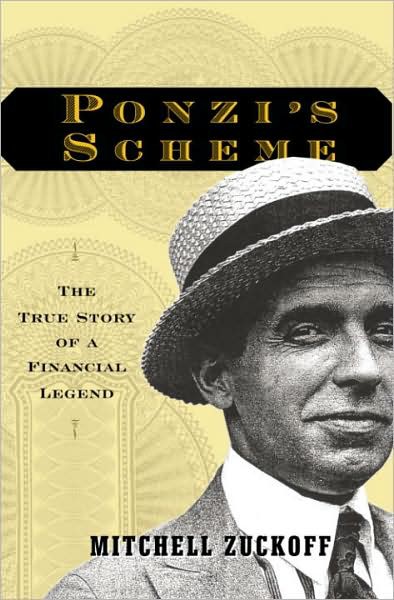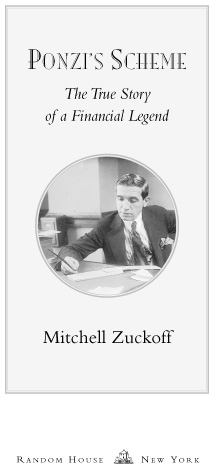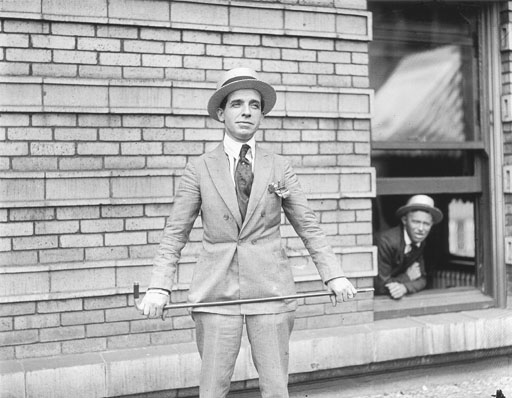Zuckoff - Ponzis Scheme: The True Story of a Financial Legend
Here you can read online Zuckoff - Ponzis Scheme: The True Story of a Financial Legend full text of the book (entire story) in english for free. Download pdf and epub, get meaning, cover and reviews about this ebook. year: 2005;2017, publisher: Random House, genre: Detective and thriller. Description of the work, (preface) as well as reviews are available. Best literature library LitArk.com created for fans of good reading and offers a wide selection of genres:
Romance novel
Science fiction
Adventure
Detective
Science
History
Home and family
Prose
Art
Politics
Computer
Non-fiction
Religion
Business
Children
Humor
Choose a favorite category and find really read worthwhile books. Enjoy immersion in the world of imagination, feel the emotions of the characters or learn something new for yourself, make an fascinating discovery.

- Book:Ponzis Scheme: The True Story of a Financial Legend
- Author:
- Publisher:Random House
- Genre:
- Year:2005;2017
- Rating:5 / 5
- Favourites:Add to favourites
- Your mark:
Ponzis Scheme: The True Story of a Financial Legend: summary, description and annotation
We offer to read an annotation, description, summary or preface (depends on what the author of the book "Ponzis Scheme: The True Story of a Financial Legend" wrote himself). If you haven't found the necessary information about the book — write in the comments, we will try to find it.
Before Charles Ponzi (18821949) sailed from Italy to the shores of America in 1903, his father assured him that the streets were really paved with gold - and that Ponzi would be able to get a piece. As journalist Zuckoff observes in this engaging and fast-paced biography, Ponzi learned as soon as he disembarked that though the streets were often cobblestone, he could still make a fortune in a culture caught in the throes of the Gilded Age. Zuckoff deftly chronicles Ponzis mercurial rise and fall as he conjured up one get-rich-quick scheme after another. Charming, gregarious and popular, Ponzi devised and carried out the scheme that carries his name in 1920 in the open (and with a brief period of approval from Bostons newspapers and financial sector). Many investors did indeed double their investments, as Ponzi would use money of new investors to pay old investors, and Ponzi himself became a millionaire. Eventually, Zuckoff shows, the_ Boston Post _uncovered this robbing Peter to pay Paul system (as it was then known), and Ponzis life unraveled. Zuckoff provides not only a definitive portrait of Ponzis life but also insights into immigrant life and the social world of early 20th-century Boston.
Copyright Reed Business Information, a division of Reed Elsevier Inc. All rights reserved.
A journalism professor at Boston University, Zuckoff has written a solid biography of a great American legend. Zuckoff, who mined archival newspapers, almanacs, letters, and photographs, recreates intriguing characters. Greed may have driven Ponzi, who led a comfortable life in Italy, and yet the great schemer emerges as charismatic, clever, and even strangely lovable. The efficient narrative, despite some digressions, focuses on Ponzis story and largely ignores the eras social and political milieu. At the same time, a parallel tale of young Boston publisher Richard Grozier competes for attention. Flaws aside, Ponzis Scheme captures a compelling story. After all, wrote the Boston Post at the time, Of all the get-rich-quick magnates Ponzi is the king. In this day and age, that is quite an accomplishment.
Copyright 2004 Phillips & Nelson Media, Inc.
Zuckoff: author's other books
Who wrote Ponzis Scheme: The True Story of a Financial Legend? Find out the surname, the name of the author of the book and a list of all author's works by series.









